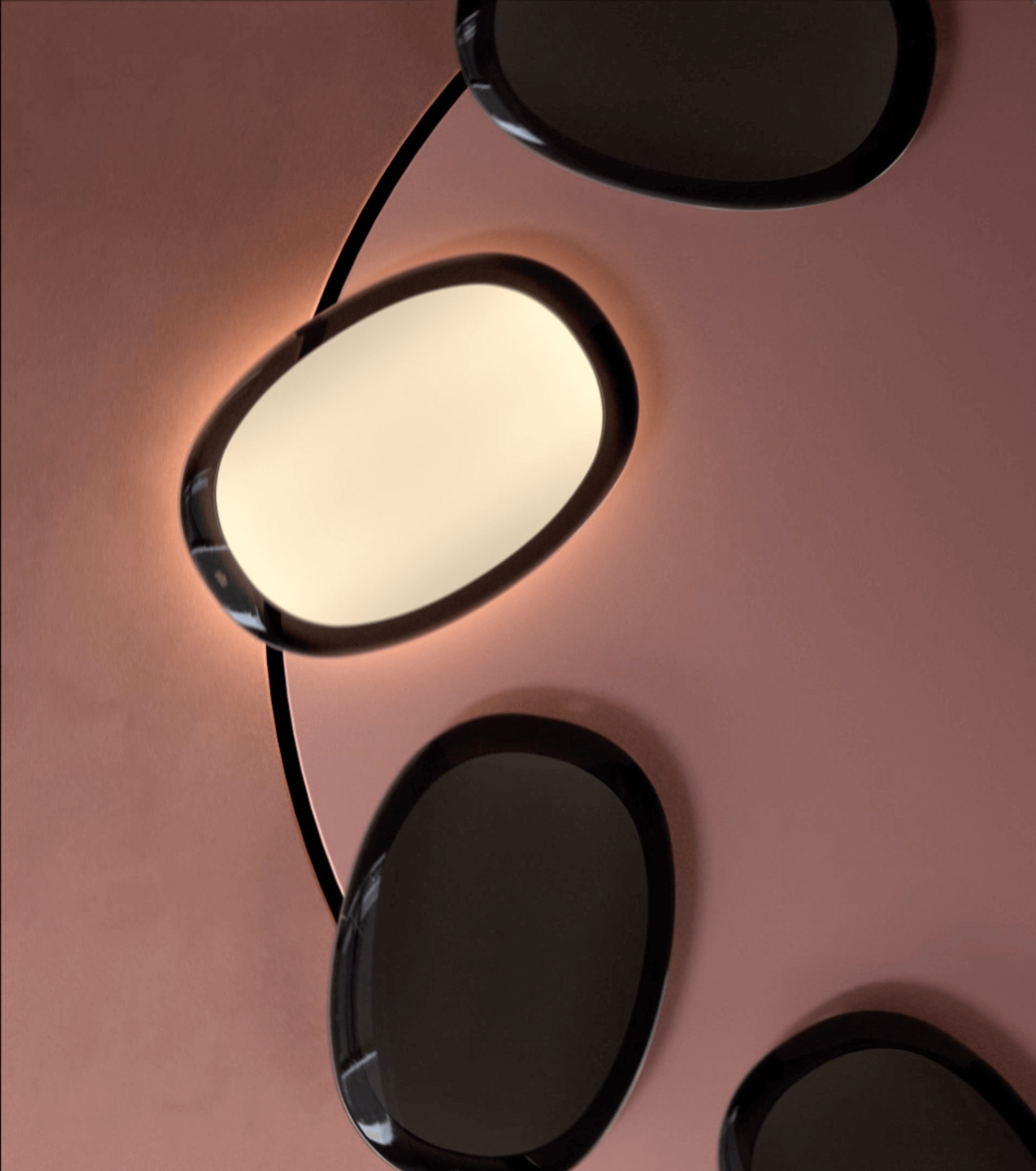Alcova presents a design evolution in Milan

Modular marble furniture and 3D-printed meta-materials are amongst the futuristic highlights at Alcova.
This year the highly anticipated Alcova exhibition animates the spaces of an abandoned military hospital with its showcase of independent designers and galleries. Organised by design curator Valentina Ciuffi alongside architect Joseph Grima, since 2018, the event has worked to uncover unique venues across the city whilst highlighting the potential of future design.
“Alcova 2021 is characterized by the variety of the ideas and themes converging in its displays, capturing a snapshot of a rapidly evolving world,” says the team behind the event. “Ecological, political and anthropological discourse, tales about the history of design or expressions of new exhibition currents intertwine convincingly across the many new pieces in this new edition.”
Some 60 projects are being exhibited inside the space, including a project inspired by ‘A Clockwork Orange’ by designer India Mahdavi in collaboration with students at HEAD Genève, and an art-design series made from nylon waste presented by Carwan Gallery. Catch the other 7 projects not to miss below, according to us at DesignWanted…
The modular MASS series by Agglomerati with Fred Ganim
The MASS series by UK-based Agglomerati and Australian furniture maker, Fred Ganim, is a collection of sculptural marble furniture and its unusual characteristics. Called Mass, the series is composed of separate marble slabs joined to create modular shelves and tables, which explore the elemental nature of marble, its weight and our modern capacity to manipulate it.
Each piece in the collection comes as a base and three separate slabs of marble that can be slotted in the base to serve as lecterns, shelves or tables. The base of MASS Small has room for one marble slab to be slotted in while the bases of MASS Medium and MASS Large can hold two marble slabs each. The pieces in the range function as both furniture and home decor elements.
Tech Craft by NOV
Swiss design studio NOV takes a sustainable and regenerative approach to the manufacturing process, through a constant dialogue between digital and intuitive. They have created a series of pieces that toe the line between handmade and digitally crafted, including modular carpets and 3D-printed latticed stools.
The collection presented at Alcova also includes Slittino, an indoor bench made of maple wood which is the result of a complementary manufacturing process: numerical tooling (CNC machining carried out by a cabinet-maker) and craftsmanship (preparation of solid wood boards, assembly with traditional wood joints, sanding and oil finishing).

Faux Species by Hot Wire Extensions for Carwan Gallery
“The nature of the 3D-printing process means that large quantities of SLS nylon powder is left as a by-product,” says Hot Wire Extensions, the Swiss sustainable design brand that has repurposed said waste to create a series of sculptural furniture inspired by the way vines grow around trees.
“An electric current is sent through the wire, causing the mixture to solidify around the form leading to endless possibilities in shape, scale and possible application,” it explains. “The process seamlessly binds materials, turning transient lines into durable, organic and bone-like structures.”

Seats by Mira Bergh and Josefin Zachrisson
Designed by Mira Bergh and Josefin Zachrisson, Seats is a furniture collection characterised by its repetitive construction and durable material choices. The three-part system consists of a sofa, bench and stool, produced in Markaryd, Småland and made of mostly recycled Swedish steel.
With no obvious front or back, the collection was inspired by the flexibility of public spaces in which it was intended. Meanwhile, the slinky-like form of the collection is intended to minimise its presence. Every piece features a modular design and can be integrated with each other to meet the functional and aesthetic needs of the location.
Potemine by Alis
Italian start-up Potemine has designed Alis, a portable lighting series that combines the latest Internet of Things technologies and a multifunctional design. The app-controlled design enables users to control its functionality with simple gestures.
An advanced accelerometer transforms movements on either side of the lamp to adjust the brightness. Meanwhile, a series of accessories and a patented mechanism turns Alis into a wall, floor or desk lamp, as a “one light fits all” system whilst reducing the number of necessary devices in space.
Trash2Treasure lighting by LLOT LLOV
This lighting centerpiece is made from 290 face cream containers. Berlin-based design duo LLOT LLOV worked with German cosmetics company Cosnova Beauty to source the containers and upcycling platform Trash2Treasure on the project, which demonstrates the potential of waste in the beauty industry.
“The transformation into something new shows that things that we would otherwise throw away are not only valuable in the context of the circular economy,” says the studio.
from 290 reused face cream containers – © Alcova
HEAD by Genève & India Mahdavi, Michel Giesbrecht and Alice Proux
Finally, an installation configured as a large three-dimensional herbarium inspired by A Clockwork Orange. The project was born from research by the students of HEAD – Genève and conceived in collaboration with architect and designer India Mahdavi.
For two years MAIA (Master of Arts in Interior Architecture) students have been developing their own “Herbarium of Interiors”, revisiting several iconic interiors under the curatorship of Mahdavi. Case study #2 is the Milk Bar inspired by the iconic Korova Milk Bar from Stanley Kubrick’s 1971 cult film.














